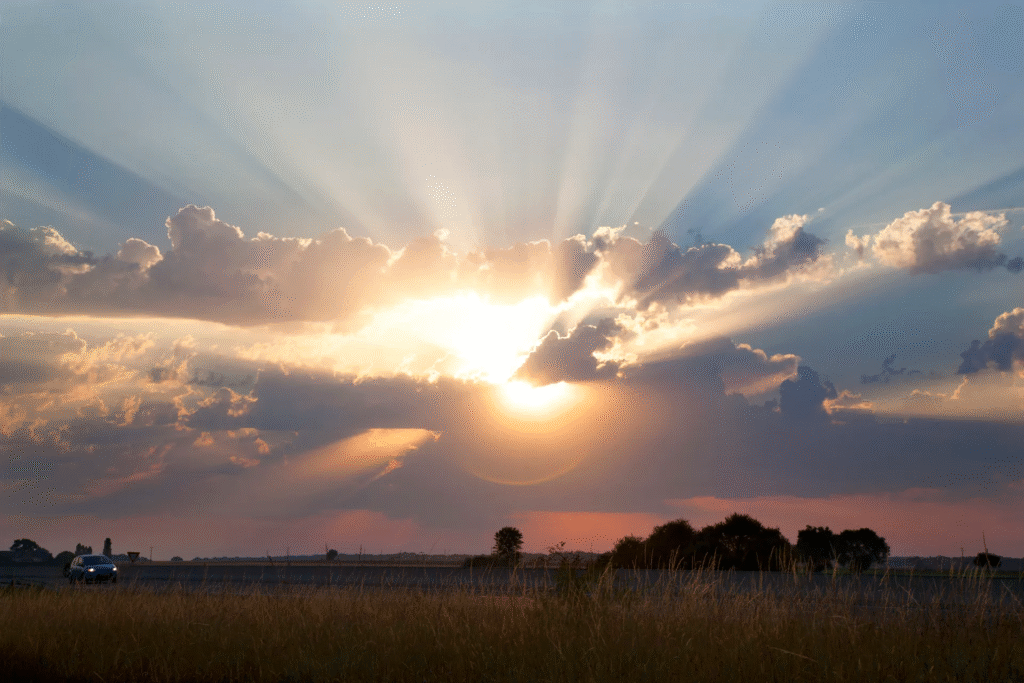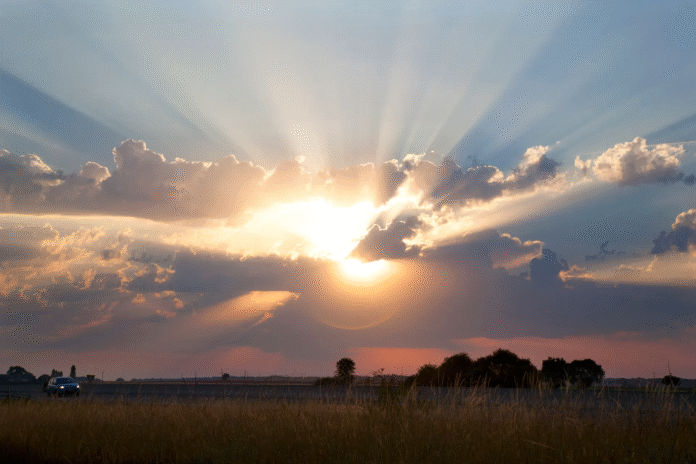
In 2012, an American businessman named Russ George initiated one of the most controversial geoengineering experiments in history. In an effort to combat climate change, he dumped 100 tons of iron sulfate dust into the Pacific Ocean, hoping to stimulate an algae bloom that would absorb carbon dioxide from the atmosphere. The experiment was largely viewed as reckless and illegal, yet it represented the beginning of a global conversation about the potential—and the risks—of geoengineering, or using technology to modify Earth’s climate.
Now, more than a decade later, a mysterious startup is poised to take geoengineering to new heights—this time with a focus on solar radiation management. The company, called Stardust, is developing a proprietary aerosol technology aimed at temporarily cooling the planet by blocking sunlight. While its ambitions are grand, the company’s low profile and secretive approach have raised questions about the ethical and environmental implications of its work.
The Mysterious Startup
Stardust was founded in 2023 and is based in Israel, though it is incorporated in the United States. Its goal is to develop a novel geoengineering solution that involves injecting particles into the stratosphere to reflect sunlight and lower global temperatures. This concept, known as solar radiation modification (SRM), is based on the idea that scattering reflective particles high in the atmosphere could help cool the planet, counteracting the warming effects of greenhouse gases.
The company is working in relative secrecy. Few details have emerged about Stardust’s technology, business model, or its team. According to its CEO, Yanai Yedvab, a former deputy chief scientist at the Israel Atomic Energy Commission, the startup is focused on researching and developing technologies that could help mitigate global warming in the short term. However, despite repeated attempts, Stardust has yet to provide in-depth public information or engage in interviews with the media.
This lack of transparency has drawn criticism from experts. Janos Pasztor, a former climate governance consultant, has called for the company to increase its public engagement and communication. Pasztor, who worked with Stardust in 2024, highlighted the need for greater transparency, especially given the scale and potential consequences of geoengineering technologies.
The Science of Solar Geoengineering
Stardust’s approach is part of a broader field of research into solar geoengineering, which has gained increasing attention as the climate crisis worsens. One of the most well-known methods of solar geoengineering involves stratospheric aerosol injection, which disperses particles like sulfur dioxide into the atmosphere. This process mimics the natural cooling effect observed after volcanic eruptions, such as the 1991 eruption of Mount Pinatubo, which temporarily reduced global temperatures.
While the idea of manipulating the planet’s climate may sound alarming, proponents argue that geoengineering could be a necessary tool in combating the worst effects of climate change. Climate scientist David Keith, a major advocate of solar geoengineering, suggests that the health risks associated with sulfate aerosols are small compared to the devastating impacts of unchecked global warming.
Stardust, however, is developing a unique twist on this approach. Instead of using sulfates, the company is working on a proprietary aerosol particle, the details of which remain unclear. According to reports, Stardust plans to deploy these particles using a specialized aircraft. While the company has not yet conducted large-scale outdoor tests, it has reportedly performed “outdoor aerial checks” to test the dispersal system.
The use of a non-sulfate particle presents both opportunities and challenges. Some experts, like Keith, caution that without enough data on the behavior and potential risks of these particles, it may be difficult to assess their safety and effectiveness. Yedvab, however, insists that the ability to tailor the properties of the particles offers a distinct advantage, particularly in terms of safety, cost, and environmental impact.
Ethical Concerns and Global Oversight
One of the most pressing issues with geoengineering is the lack of clear global governance. Currently, there are no binding international rules that regulate such technologies. This absence of oversight has led to concerns about the potential for reckless experimentation that could have unintended consequences for the environment or humanity at large. Critics argue that geoengineering could disproportionately benefit powerful nations or corporations, potentially leading to geopolitical tensions or exploitation.
Pasztor’s report on Stardust urges the company to embrace a higher level of transparency and engage with a broad range of stakeholders, from scientists to policymakers to the general public. He also emphasized the need for a formal code of conduct to ensure that the company’s work is ethically sound. While Stardust has committed to publishing its research once it’s scientifically validated, the company’s failure to meet Pasztor’s transparency recommendations has raised concerns.
A Commercialized Future for Geoengineering?
Stardust’s business model appears to be focused on selling its geoengineering technology to governments. The company is working toward patenting its aerosol technology, positioning itself as a potential supplier of climate modification tools for governments that are considering geoengineering as a solution to rising temperatures. However, this raises further ethical questions. If private companies hold the keys to geoengineering technology, could they wield too much power over the planet’s climate? And what if the technology is commercialized in a way that benefits only a few wealthy countries or corporations?
The potential for a “geoengineering arms race” is a real concern. If geoengineering technologies are developed and deployed without sufficient regulation or oversight, there is a risk that they could be used recklessly, with little regard for the broader environmental consequences.
The Road Ahead
As the world faces increasingly severe climate impacts, the idea of geoengineering—once considered a fringe concept—has become more mainstream. Companies like Stardust are pushing the boundaries of what’s possible in terms of climate intervention, but their work comes with significant risks and ethical challenges. The technology may hold promise in mitigating climate change, but it must be developed and deployed in a way that is transparent, inclusive, and ethically responsible.
Ultimately, as Stardust and other companies continue their work, the question remains: Who gets to decide how the planet’s thermostat is adjusted? And can we trust private companies to handle such a monumental task responsibly? The answers may shape the future of our planet for generations to come.


